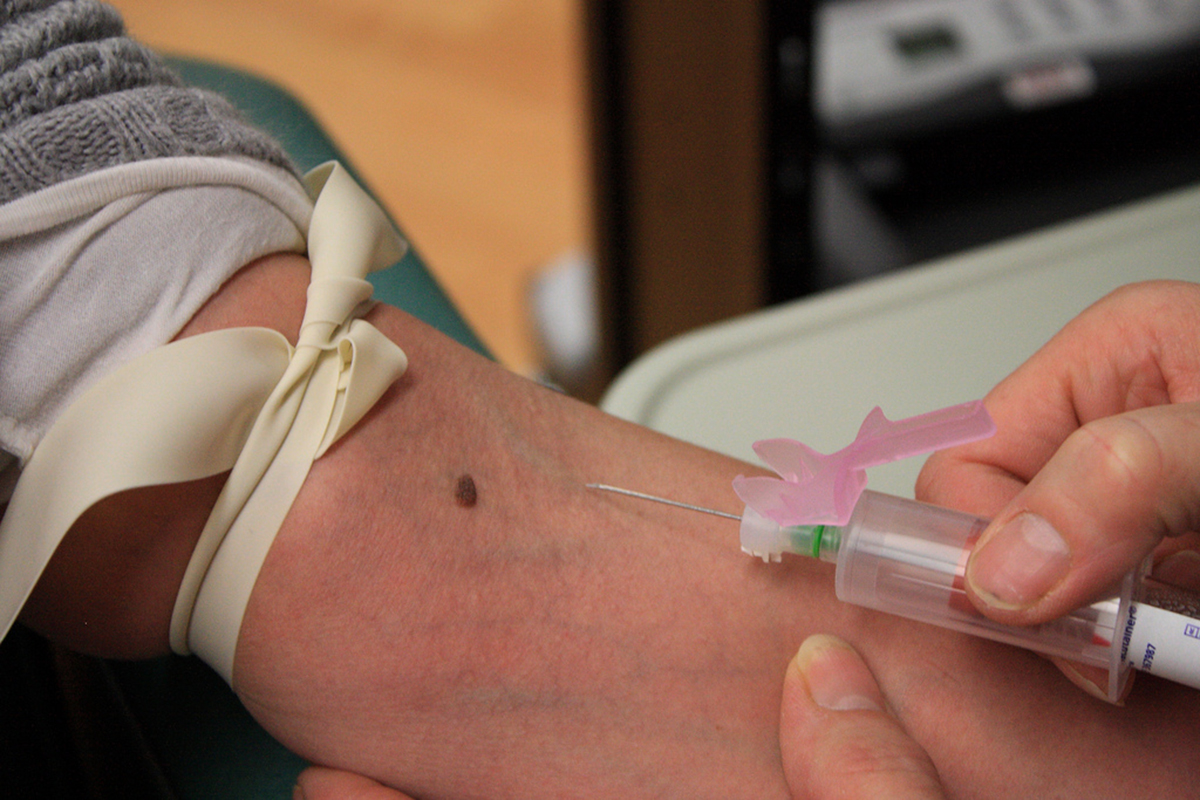Table of Contents
Some types of porphyria are inherited through an autosomal dominant gene pattern. An autosomal dominant gene pattern means one copy of the gene in each cell has mutated. This single gene mutation brings an increase in the risk of developing the signs and symptoms of porphyria, because it causes a reduced activity of an enzyme necessary for heme production.

Signs And Symptoms Of Porphyria
The type of signs or symptoms a person will experience with porphyria will depend on what type it is. Some types of porphyria will cause the skin to be sensitive to the sunlight. In cases of cutaneous porphyria, when the skin is exposed to sunlight, it will cause blisters, redness and sometimes the skin will become scarred.
Other types of porphyria affect the nervous system and some of these symptoms will result in:
- Chest and abdominal pain
- Seizures
- Muscle weakness
- Emotional and mental disorders
- Sensitivity to light
- Confusion
- Nausea and vomiting
- Hallucinations
- Constipation
- Urinary retention
- Confusion
The symptoms of acute porphyria often have a rapid onset and may last for a matter of days or even weeks. Some porphyrias will result in a combination of acute symptoms and symptoms that manifest in the skin.
Environmental Triggers
A number of different environmental factors may bring on the signs and symptoms of porphyria and these include:
- Dieting and/or fasting
- Alcohol
- Smoking
- Stress
- Sunlight exposure
- Certain types of drugs
- Hormones
Porphyria: Diagnostic Tests
To receive an accurate diagnosis of porphyria, a person's stool, blood and/or urine may be tested, particularly at or near the times the symptoms are triggered. Diagnosing porphyria can be very hard because the range of symptoms can often be similar to many different disorders and the way tests results are interpreted. A large portion of tests are available for porphyria, but the results from an independent laboratory are not always accurate.
Porphyria: Treatment
The specific type of porphyria a person has will dictate the type of treatment protocols used. Often, empirical treatment is needed if the clinician suspects a porphyria, because acute attacks can require hospitalization and may even be fatal. Medications such as Hematin and heme arginate are the drugs of choice for treating porphyria in America and the U.K. If drugs are used for treating an attack of porphyria, they need to be administered early in the attack to be most effective.
The pain associated with porphyria can be very severe, frequently it is out of proportion to the physical signs. In response to the pain a person may be experiencing, a physician may prescribe opiate medications. Because porphyria is often accompanied with seizures and most seizure medications only exacerbate the disease, treatment can be very complicated.
People who suffer from neurological and psychiatric problems related to porphyria may require different treatment options. Pain management is done through long-acting opiate medications such as morphine.
Other psychiatric symptoms associated with porphyria include; anxiety, insomnia, restlessness, mania, delusions, confusion, catatonia and psychosis.
Cutaneous porphyria results in itching, burning, swelling and possible blistering of the skin when a person is exposed to bright sunlight. To treat the symptoms of cutaneous porphyria a person is required to avoid bright, direct sunlight and to use sunscreen and SPF-rated hats, long sleeved shirts, bandanas and gloves.
See Also: Abdominal Swelling - What Could It Be
Porphyria: Future And Prognosis
There are many clinical trials researching porphyria going on in the United States. If a person has porphyria it is a good idea to wear a medical ID bracelet or necklace, in order to alert medical personnel, in the event there is an emergency. The prognosis for porphyria will depend on the type of medical treatment and lifestyle modifications a person follows. More genetic and scientific research is needed to identify better treatment options and to determine how to best manage the symptoms of each of the different porphyrias.
- Photo courtesy of Lorenkerns via Flickr: www.flickr.com/photos/lorenkerns/8372853725
- Photo courtesy of Wheeler Cowperthwaite via Flickr: www.flickr.com/photos/wcowperthwaite/5774694766


Your thoughts on this